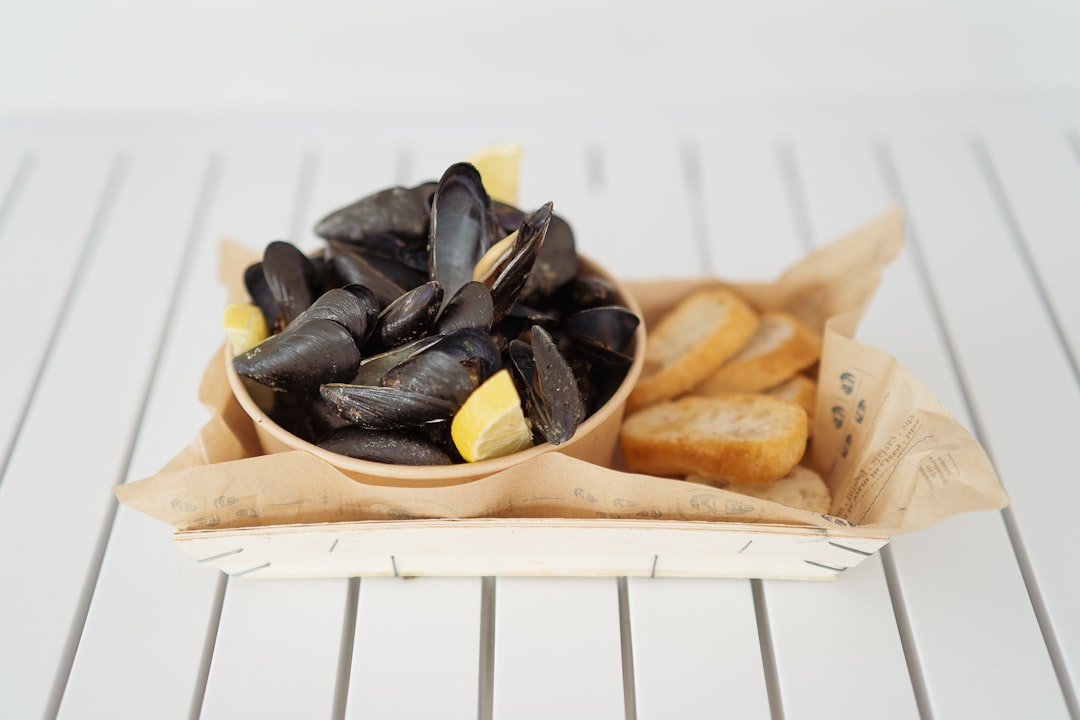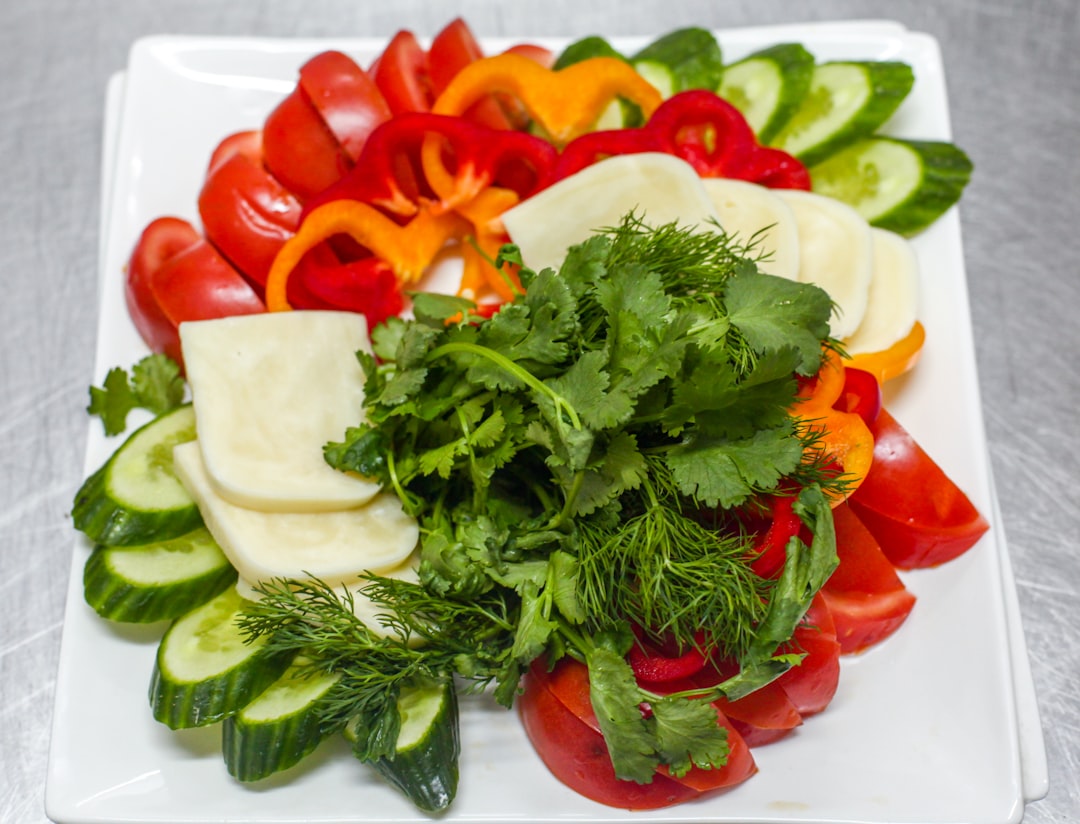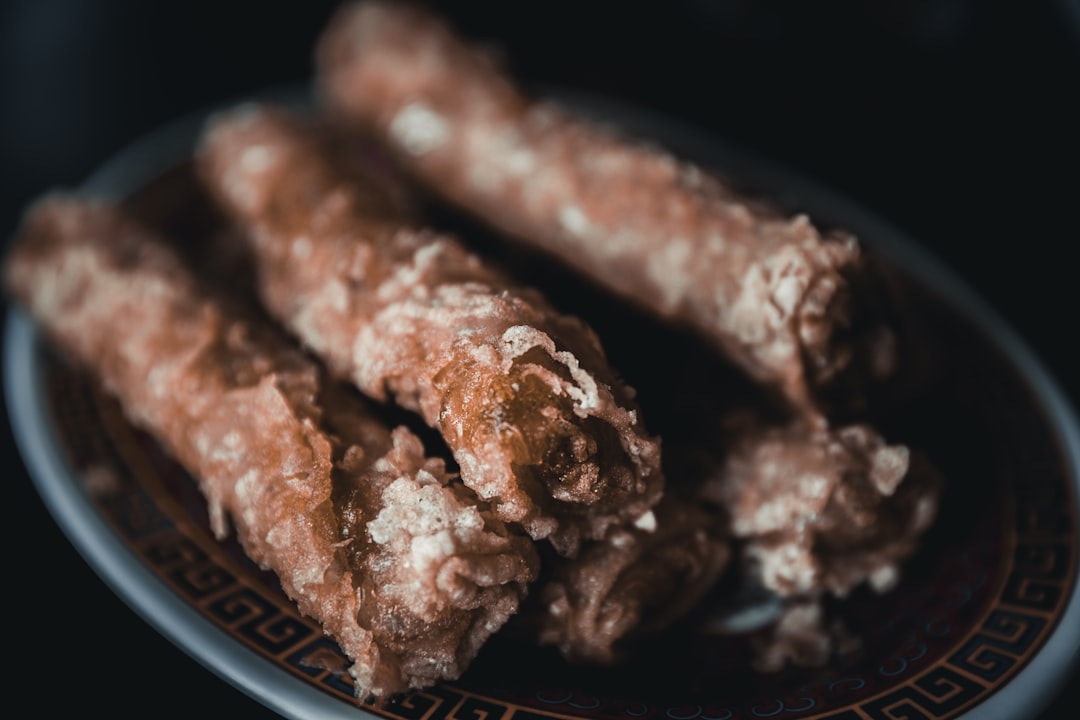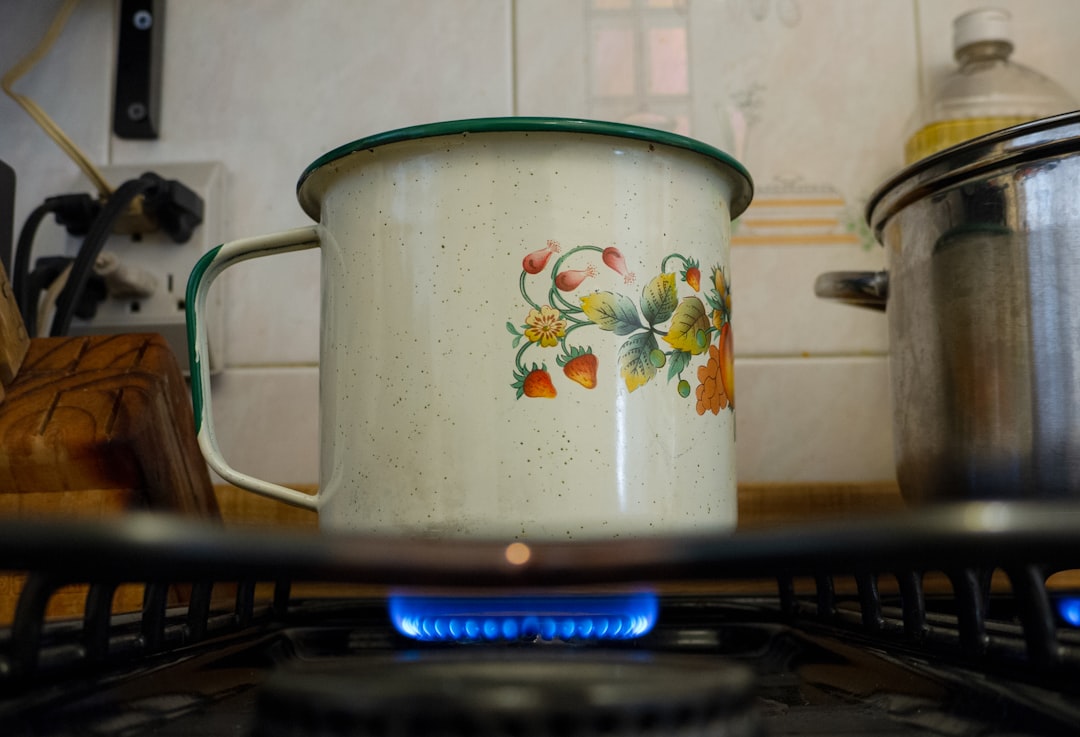
In the vast and diverse world of international cuisine, few dishes are as vibrant, flavorful, and culturally significant as Bibimbap. This traditional Korean rice bowl is a harmonious medley of ingredients that not only tantalizes the taste buds but also offers a glimpse into the rich culinary heritage of Korea.
Bibimbap, which literally translates to "mixed rice," is a dish that combines steamed white rice with an array of sautéed or raw vegetables, marinated beef, a fried or poached egg, and a spicy gochujang sauce. The beauty of Bibimbap lies in its versatility — it can be customized to suit individual preferences, making it a favorite among both locals and food enthusiasts around the globe.
Let's start by exploring the key components of this delicious dish. The foundation of Bibimbap is, of course, the rice. Steamed to perfection, the fluffy white rice serves as a blank canvas for the other ingredients. It provides a neutral base that allows the flavors of the vegetables, meat, and sauce to shine through.
The vegetables used in Bibimbap are a colorful assortment that includes spinach, carrots, bean sprouts, mushrooms, and zucchini. Each vegetable is prepared separately, either by sautéing in a little oil or blanching in boiling water. This ensures that the vegetables retain their vibrant colors, crisp textures, and nutritional value. The variety of vegetables not only adds visual appeal to the dish but also provides a wide range of vitamins, minerals, and antioxidants.
Next up is the beef. Thinly sliced and marinated in a mixture of soy sauce, garlic, ginger, and sesame oil, the beef is then cooked until tender and slightly caramelized. The savory flavor of the beef adds a rich and meaty element to the dish, balancing out the freshness of the vegetables. For vegetarians, Bibimbap can easily be adapted by substituting the beef with tofu or other plant-based proteins.
No Bibimbap is complete without a perfectly cooked egg. Whether it's a sunny-side-up fried egg or a soft-boiled poached egg, the runny yolk adds a creamy and luxurious element to the dish. When mixed with the other ingredients, the egg yolk creates a rich and flavorful sauce that binds everything together.
And then there's the gochujang sauce. This spicy red pepper paste is the heart and soul of Bibimbap. Made from fermented soybeans, red chili peppers, and other seasonings, gochujang has a complex flavor profile that is both spicy, sweet, and savory. A dollop of gochujang sauce is typically added to the top of the Bibimbap, allowing diners to adjust the level of spiciness according to their taste.
To assemble a Bibimbap, start by placing a generous amount of steamed rice in a large bowl. Arrange the sautéed vegetables, beef, and egg on top of the rice in separate sections. Drizzle a little sesame oil over the ingredients for added flavor. Then, just before eating, add a spoonful of gochujang sauce and mix everything together thoroughly. The act of mixing the ingredients is not only fun but also essential for releasing the full flavors of the dish.
Bibimbap is not just a delicious meal; it's also a healthy one. With its abundance of vegetables, lean protein, and whole grains, Bibimbap is a balanced and nutritious dish that provides a good source of energy and essential nutrients. It's a great option for those looking to eat a healthy and satisfying meal without sacrificing flavor.
In addition to its delicious taste and nutritional value, Bibimbap also has a cultural significance in Korea. It is often served on special occasions, such as birthdays and holidays, and is considered a symbol of unity and harmony. The act of mixing the ingredients together represents the coming together of different elements to create a cohesive whole.
So, the next time you're looking to try something new and exciting in the world of international cuisine, why not give Bibimbap a try? With its vibrant colors, delicious flavors, and cultural significance, it's sure to become a favorite in your household. Whether you're a seasoned foodie or a beginner in the kitchen, Bibimbap is a dish that is easy to make and even easier to enjoy.



































































































